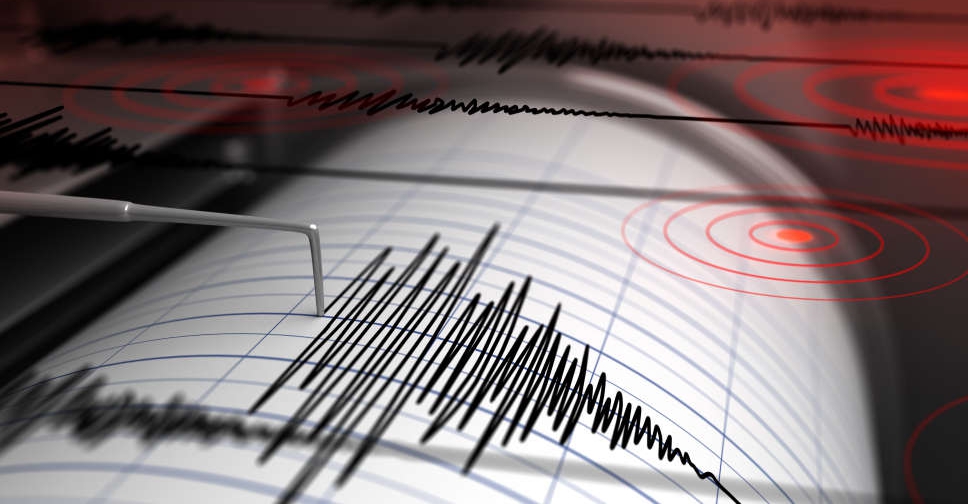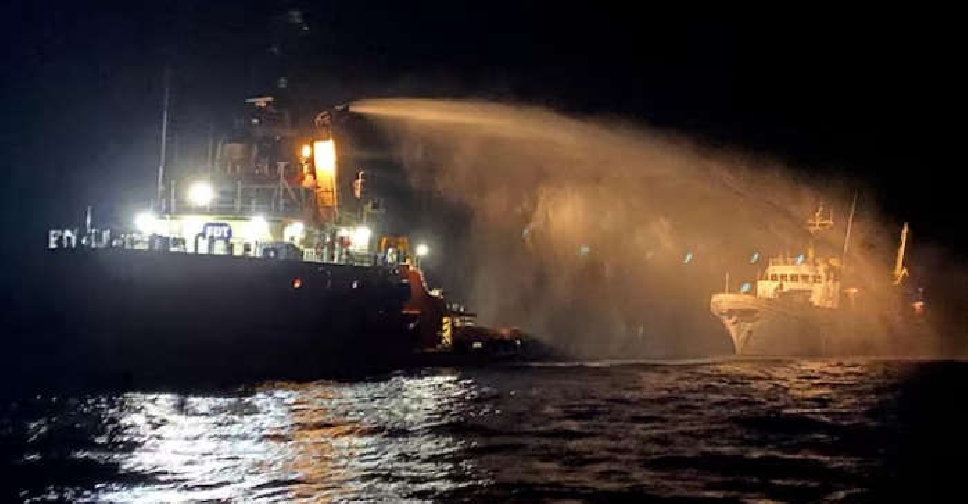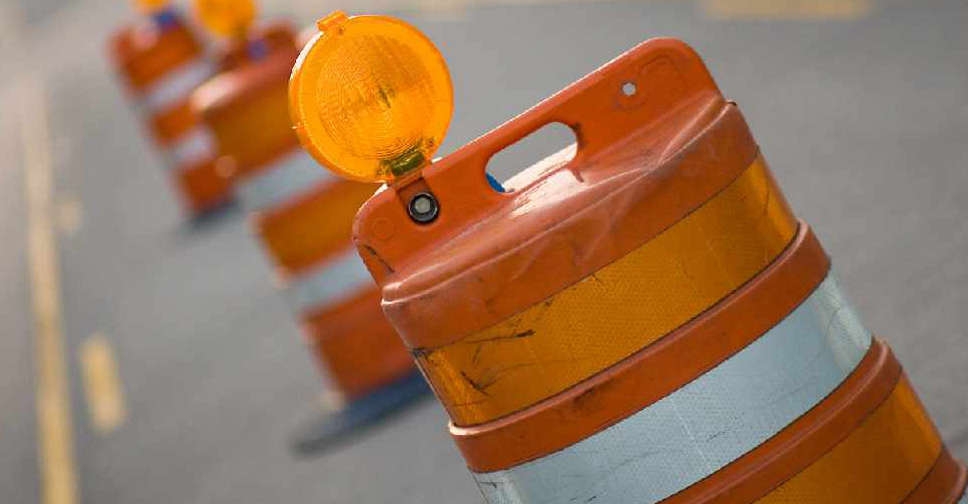
A winter storm dumped more than a half a foot of snow in parts of the eastern United States on Friday, forcing schools and federal government offices to close and snarling air traffic.
It comes two days after a blizzard shut down a major highway in Virginia.
Winter storm warnings were in effect until midday for an area reaching from Washington north into Maine, with local snowfall rates expected to exceed 1 inch (3 cm) an hour, the National Weather Service said.
The storm left some parts of Kentucky, Virginia, Pennsylvania, New York and Maryland under 6 to 8 inches (15 to 20 cm) of snow.
Coastal New England was hit hardest as some towns in Connecticut and Massachusetts saw more than a foot (30 cm) of snow fall on Thursday and into Friday, the weather service said.
"It will be tapering off, coming to end during the afternoon," weather service meteorologist Alan Dunham in Boston said.
"Right now, it's a good, strong low-pressure system moving off to the east-northeast. By the evening commute, the snow should come to an end."
As of Friday morning, more than 400 flights were delayed or cancelled at New York, Boston and Washington airports, according to Flightaware.com.
New Jersey Governor Phil Murphy declared a state of emergency in his state, and urged residents to stay off roads.
Federal government offices in Washington were closed, and dozens of school districts across the eastern half of the country cancelled classes due to the snow and bitter cold.
Behind the storm, in the Upper Midwest, temperatures dropped below -17 degrees Celsius overnight.
Wind chills dropped as low as -32 C in Wisconsin, Minnesota, Iowa and the Dakotas early on Friday.
The storm was the second this week to slam into the eastern United States.
On Monday, the region was blanketed by up to a foot (30 cm) of snow, leaving a nearly 50-mile (80-km) stretch of Interstate 95 in northern Virginia impassable.
I-95, one of the busiest thoroughfares on the East Coast, was closed for hours in both directions near Fredericksburg, Virginia, about 55 miles (89 km) south of Washington, trapping thousands of travellers, some of them for as long as 24 hours.


 Prince Harry wants 'reconciliation' with royal family
Prince Harry wants 'reconciliation' with royal family
 Earthquake strikes off Chile's southern coast, sparking tsunami threat
Earthquake strikes off Chile's southern coast, sparking tsunami threat
 Activist aid ship hit by drones on way to Gaza, NGO says
Activist aid ship hit by drones on way to Gaza, NGO says
 Indonesia's Bali island hit by power outage
Indonesia's Bali island hit by power outage
 Russian drone attack injures 29 in Ukraine's Zaporizhzhia
Russian drone attack injures 29 in Ukraine's Zaporizhzhia




